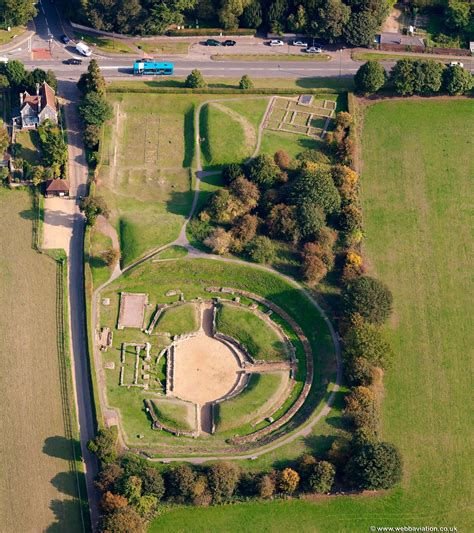
Apocrypha, Dodgy, Curious.
The existence of ‘unofficial’ or ‘disputed’ sections in a text can cause excitement and endless debate. For those who are that way inclined, such as scholars of Shakespeare, it can mean a whole career. For an art expert it can mean bestowing riches and insurance premiums on the owner of a dusty old painting, and when it comes to religious works, it can get a whole lot more serious.
With Amphitheatres, like most things, it’s all relative a matter of opinion, in the case of this website, mine. Anything in this section isn’t really apocryphal in the true meaning of the word (which is ‘hidden’). Some might be hard to find but are hiding in plain sight.
I’ve put them here if they are not Amphitheatres in the most obvious and straightforward sense. An example might be where an outpost of empire got as far as building a theatre but, lacking the resources to go all out to add an Amphitheatre, they indulged in a bit of adaptation to create a dual use facility, or created a makeshift venue out of an earlier local earthwork. There are a couple of sites which appear to be ‘half amphitheatres’ in France with the full oval performance space but only one side of seating, and at least one other which is clearly a substantial theatre with stage and associated buildings, but which also has an oval performance area meaning it may have started as an amphitheatre and morphed into a theatre later. An example in Libya started as a Greek Theatre and was then adapted/expanded to provide a circular space for gladiatorial displays.
So to the purist they don’t count as amphitheatres, but are definitely Roman and probably worth a visit.
The Apocrypha
A1. St.Albans - England. What3words – below.cried.help
Fantastic Roman remains, lovely town, but the ‘Amphitheatre’ is problematic. Not a clear oval, it has a flat side sporting a stage. Described as ‘A Theatre also used as an Amphitheatre’ and vice versa.
A2. Cyrene. – Libya. What3words – rewriting.ruling.draining
Started as Greek theatre. Adapted for gladiatorial use by demolishing the stage and turning the performance space into a circle.
A3. Argenton-sur-Creuse – France. What3words – flits.oiling.incense
Big performance space, banked seating, but not a full amphitheatre.
A4. Lillebonne – France. What3words smog.ranted.attributions
A bit like Argenton and St Albans. It’s not an amphitheatre. These structures may share a northern European Romano-Celtic influence.
A5. Sanxay – France. What3words chartered.luminous.server
Another Northern French Gallo-Roman halfway house. Almost circular piste but really a theatre.